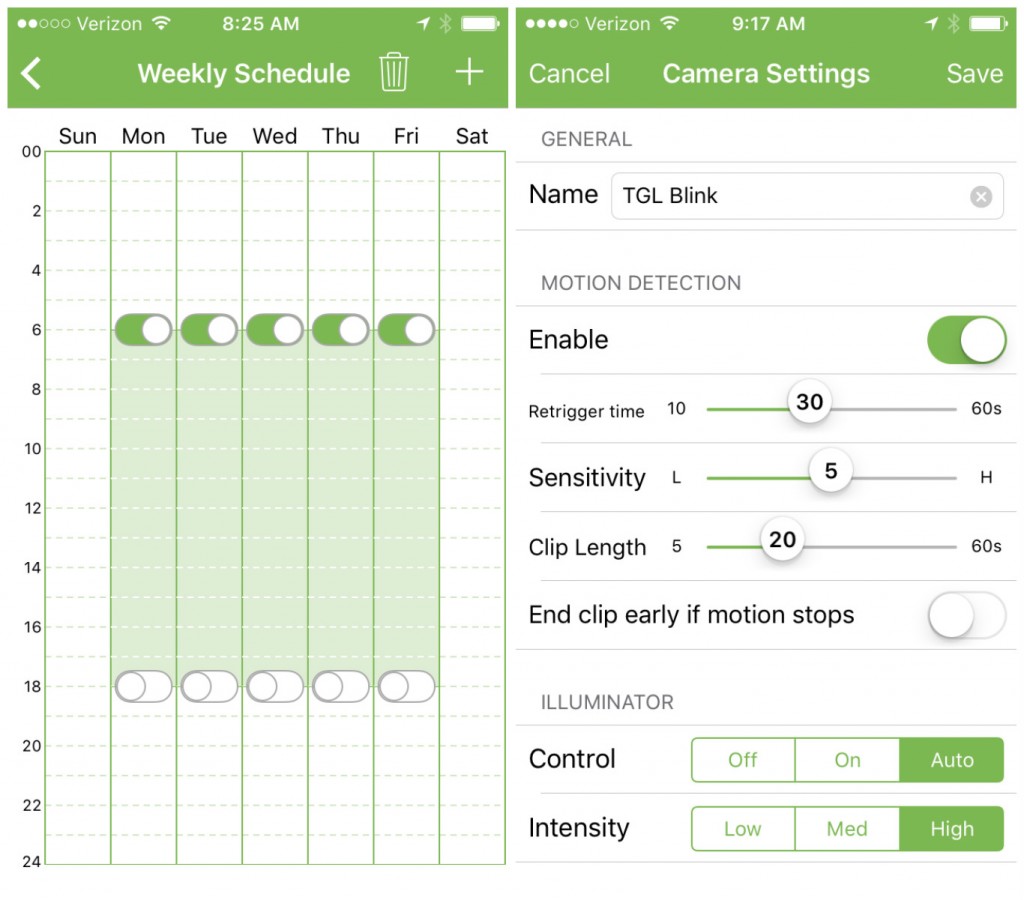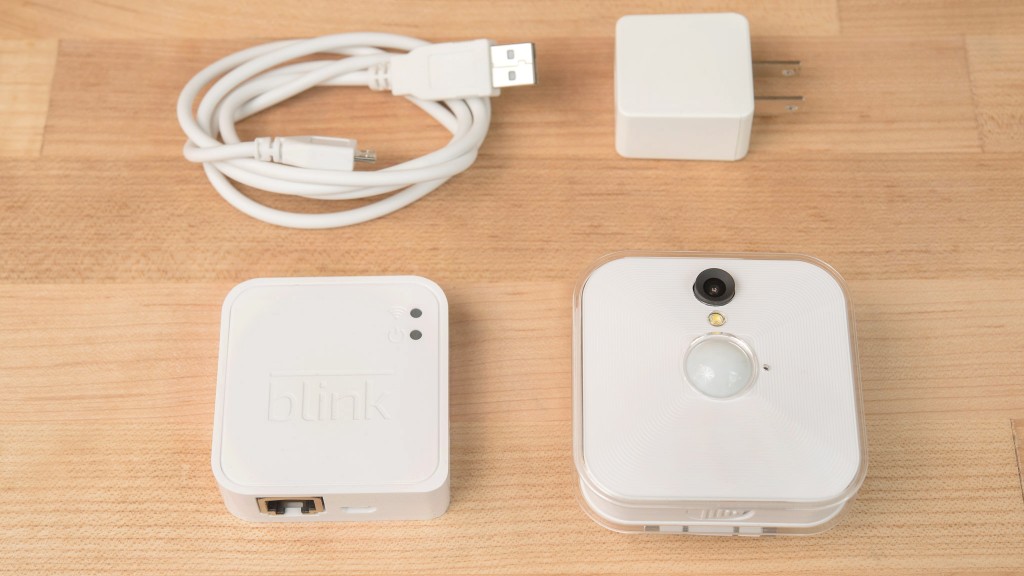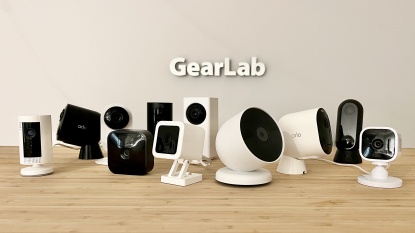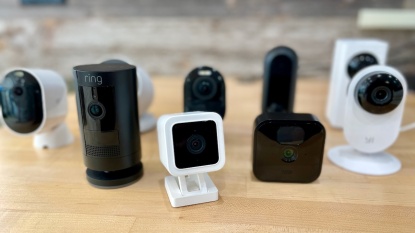Blink Review
Our Verdict
Our Analysis and Test Results
Performance Comparison
Below we go into further detail about how the Blink performed in our specific testing metrics.
Monitoring Performance
The Blink shared the worst score of 4 out of 10 in our monitoring performance metric, which had scores as high as 8.
Monitoring Services With/Without a Subscription
Blink is the only WiFi security manufacturer we've encountered that does not offer a subscription service. For free Blink stores up to two hours of video clips where the camera detects activity to the cloud. Clips can be managed and deleted on the Blink app in order to free up space and keep you below the 2-hour cap. This cap feels a bit low to us, especially considering that Blink sells a five camera pack. It doesn't seem unreasonable to think that five cameras could rack up more than two hours of video if you leave your home for a week's vacation.
The Blink camera only captures a set amount of footage after it detects activity, and this clip length is set by the user. You can also set the 'retrigger time' or the amount of time the camera will stay idle before recording another clip. Setting a shorter clip length will save you storage space, but also means you may miss the action you were trying to capture with your camera in the first place. We think it would be more efficient to simply capture video when the camera sees motion, and to stop recording when that motion ceases.
Audio Quality
The Blink does have a surprisingly good microphone. Conversations were almost always easily understandable, with the sound quality being just slightly inferior to that of the Nest Cam in our testing. It does not offer 2-way audio.
Video Quality
The Blink produced far and away the worst looking video in our testing. It earned the worst score of 3 out of 10 in this metric, where all other scores fell between 5 and 8. Daytime video was noticeably pixelated, but still usable (you could easily identify a face if some paused and looked at the camera). Switching over to night vision is the where the quality really went downhill. This is the only camera we tested that does not use infrared night vision. Instead, it turns on a bright LED when it sees motion at night. Apart from being very conspicuous, this system produced very grainy video in our testing, making this the worst nighttime camera we tested.
This video shows daytime footage from the blink, then shows the odd LED night vision that it uses.
App Ease of Use
The associated app is one place where the Blink camera shined. It earned an 8 out of 10 in this metric, just off the top score of 9 and much better than the low score of 5. The app made it very easy to set schedules, adjust video capture setting, and to browse and manage video history. The Nest app felt slightly more intuitive in comparison, which made Blink app a fairly close second.
Real Time Viewing
The Blink was one of the worst performers in our real-time viewing tests, sharing the bottom score of 5. This was a good bit worse than the top score of 8. In our testing, the Blink had only a five-second latency, which was quite good and only two seconds behind the top performing model. However, the video stream was fairly low resolution and choppy. It also stops the stream every 30 seconds to ask if you want to keep watching, which can either be annoying or a good reminder that you should be working instead of watching your dog…
Installation Notes
The Blink camera can be set on any flat surface or fixed via adhesive or an included mount that installs with a single screw. The Blink is wireless and runs off of 2 AA lithium batteries. The camera communicates with a central sync module that must be plugged into a standard outlet. Up to 10 cameras can be connected to a single sync module.
Value
A single Blink camera and sync module lists for $100. You can also get a pack of five cameras and a single sync module for $350. We far preferred the YI Dome Camera, which costs $70 for one camera or $350 for five. In our opinion that is a much better value than the Blink system.
Conclusion
The Blink camera offers a budget option for creating a multi-camera system, but does so with large sacrifices in performance. We would prefer buying multiple YI Domes to multiple Blinks, as long as you don't need the wireless functionality of the Blink.








